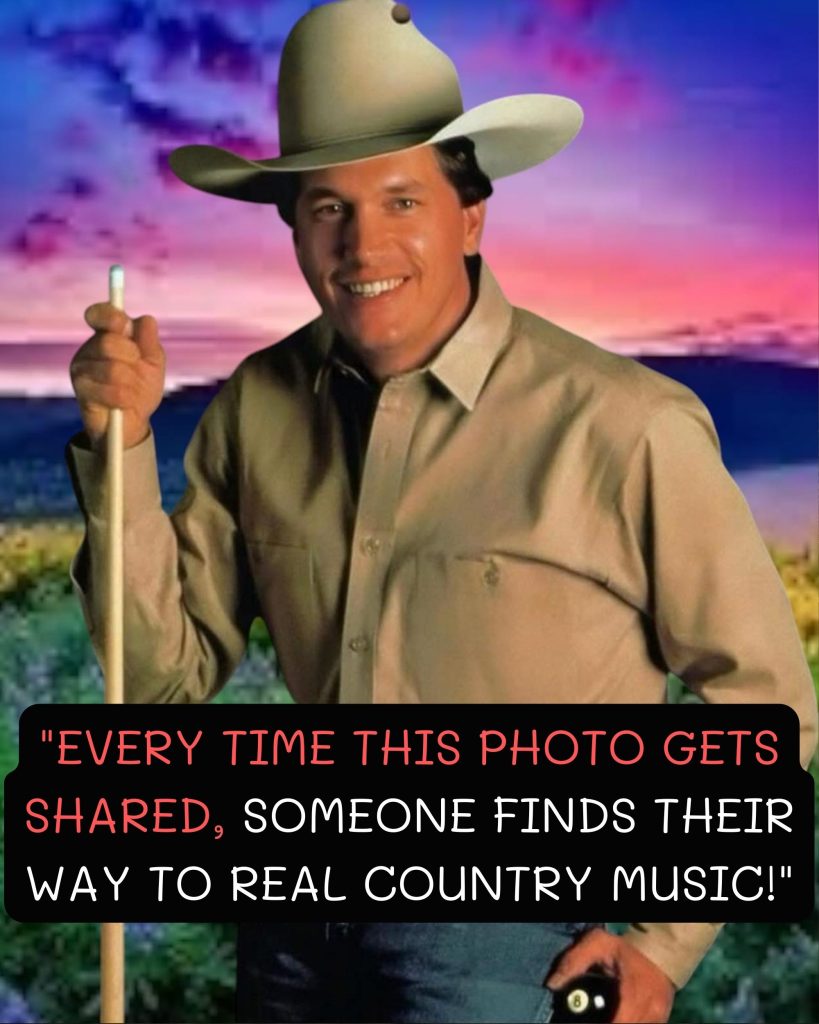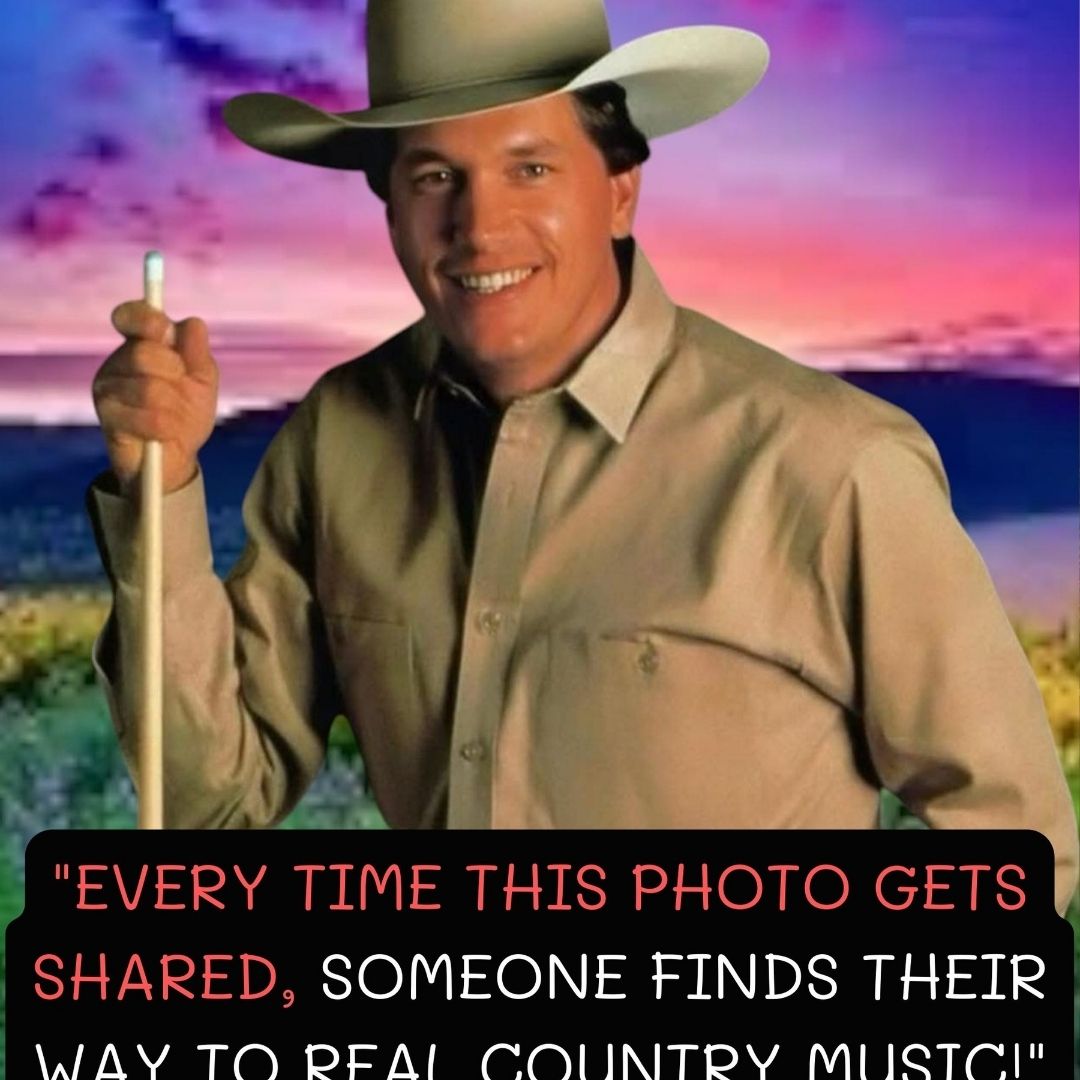
Introduction
Driving down a lonesome Texas highway at dusk, with the radio tuned to a classic country station, I first heard the soulful fiddle strains of Amarillo by Morning. The song’s vivid storytelling and raw emotion instantly transported me to the life of a rodeo cowboy, chasing dreams under wide-open skies. Written by Terry Stafford and Paul Fraser, this country gem captures the heart of the American West. Its journey from a modest 1973 single to a George Strait classic is a testament to its enduring power, and I’m excited to share its story with you.
About The Composition
- Title: Amarillo by Morning
- Composers: Terry Stafford and Paul Fraser
- Premiere Date: August 2, 1973 (Terry Stafford’s single release)
- Album/Opus/Collection: Say, Has Anybody Seen My Sweet Gypsy Rose (Terry Stafford, 1973); Strait from the Heart (George Strait, 1982)
- Genre: Country (Country Pop for Stafford’s version; Neotraditional Country for Strait’s version)
Background
Amarillo by Morning was born from a spark of inspiration during Terry Stafford’s drive home to Amarillo, Texas, after performing at a San Antonio rodeo. The song’s title came from a FedEx commercial touting next-morning deliveries to places like Amarillo, which struck Stafford as a poetic encapsulation of his journey. He shared the concept with Paul Fraser, who penned the lyrics in a single night, crafting a narrative about a rodeo cowboy’s resilience despite life’s hardships. Released in 1973 on Stafford’s album Say, Has Anybody Seen My Sweet Gypsy Rose, the country-pop single reached No. 31 on the Billboard Country chart, earning modest success.
In 1982, George Strait, a rising star in neotraditional country, recorded a fiddle-driven rendition for his album Strait from the Heart. Released as a single in January 1983, it climbed to No. 4 on the Billboard Country chart and became one of Strait’s signature songs. The song’s historical context reflects a resurgence of traditional country sounds in the early 1980s, countering the pop-leaning “Urban Cowboy” trend. Strait’s version resonated deeply, cementing his reputation as the “King of Country” and elevating the song to iconic status. Its initial reception was strong, particularly in Texas, where it became a rodeo circuit anthem.
Musical Style
Amarillo by Morning is a masterclass in country storytelling, with distinct musical identities in its two primary versions. Stafford’s 1973 recording leans into country pop, featuring lush arrangements with xylophone, chorus singers, and a steel guitar, creating a polished yet heartfelt sound. In contrast, Strait’s 1982 version embraces neotraditional country, opening with an 18-second fiddle intro that sets a lonesome, Western tone. The structure follows a classic Verse-Chorus form, with two short choruses, four verses, and a mournful fiddle outro.
Strait’s instrumentation—fiddle, steel guitar, acoustic guitar, and subtle percussion—evokes the rugged spirit of the American West. The fiddle, in particular, carries the emotional weight, its crying melodies mirroring the cowboy’s struggles. The song’s moderate tempo and straightforward harmonic progression allow the lyrics to shine, while Strait’s warm, steady vocals convey both resilience and vulnerability. These elements combine to create a timeless, evocative sound that feels both nostalgic and fresh.
Lyrics/Libretto
The lyrics of Amarillo by Morning tell the story of a rodeo cowboy driving overnight from San Antonio to a county fair in Amarillo. The narrator reflects on his hardships—broken bones, lost love, and poverty—but embraces his freedom: “I ain’t rich, but Lord, I’m free.” Lines like “They took my saddle in Houston, broke my leg in Santa Fe / Lost my wife and a girlfriend somewhere along the way” paint a vivid picture of sacrifice, while the refrain “Amarillo by morning, Amarillo’s on my mind” underscores his relentless drive.
The lyrics’ themes of resilience, independence, and the transient cowboy lifestyle resonate universally, amplified by the music’s emotive fiddle and steel guitar. The song’s narrative aligns with the Western archetype of the lone wanderer, making it a cultural touchstone for country music fans. Its simplicity and authenticity enhance its emotional impact, inviting listeners to connect with the cowboy’s journey.
Performance History
Amarillo by Morning has been a staple in country music since Strait’s 1982 release. His live performances, often featuring extended fiddle solos, are fan favorites, showcasing the song’s enduring appeal. Notable covers include Chris LeDoux’s 1975 version, which reflected his rodeo champion roots, and Clifton Jansky’s 1979 regional hit in Texas. The song has been performed at rodeos across the U.S., becoming an unofficial anthem for the sport.
Its significance was further highlighted during NASA space missions, including STS-96, where it woke astronaut Rick Husband, an Amarillo native, and STS-114, played in his honor. Critically, the song has been lauded, ranking No. 12 on Country Music Television’s all-time country songs (2004), No. 10 on Rolling Stone’s 200 Greatest Country Songs (2024), and among the Top 100 Western songs by the Western Writers of America (2010). Its consistent presence in Strait’s concerts underscores its place as a cornerstone of his repertoire.
Cultural Impact
Beyond country music, Amarillo by Morning has left a lasting mark on American culture. Its association with rodeo culture has made it a symbol of the Western lifestyle, played at events from Texas to Calgary. The song’s use in NASA missions tied it to American exploration and pride, while its inclusion in media, like the 1998 documentary Amarillo by Morning by Spike Jonze, extended its reach. A 2003 survey by Development Counsellors International named it the 7th-best song about a place, reflecting its evocation of Amarillo as a quintessentially American locale.
The song’s influence on neotraditional country helped pave the way for artists like Alan Jackson and Dwight Yoakam, reinforcing traditional sounds in an era dominated by pop crossovers. Its universal themes of perseverance have resonated across generations, making it a touchstone for anyone chasing a dream against the odds.
Legacy
Amarillo by Morning endures as a timeless anthem of resilience and freedom, its simplicity and authenticity ensuring its relevance over four decades. It remains a defining work in George Strait’s catalog, embodying his commitment to traditional country. The song’s ability to evoke the open road and the cowboy spirit continues to captivate audiences, from rodeo fans to casual listeners. Its critical acclaim and cultural resonance affirm its status as one of country music’s greatest treasures, proving that a well-told story, paired with heartfelt music, can transcend time.
Conclusion
As someone who finds solace in the storytelling of country music, Amarillo by Morning feels like a journey into the heart of the American spirit. Its blend of raw emotion, vivid imagery, and soulful instrumentation makes it a must-listen for anyone who appreciates music’s power to connect us to universal truths. I recommend exploring George Strait’s 1982 recording on Strait from the Heart for its definitive neotraditional sound, or catching a live performance video to witness its electric energy. Dive into this classic, and let it take you down that lonesome Texas road—you won’t regret it
Video
Lyrics
Amarillo by mornin’
Up from San Antone
Everything that I got
Is just what I’ve got on
When that Sun is high
In that Texas sky
I’ll be buckin’ at the county fair
Amarillo by mornin’
Amarillo I’ll be there
They took my saddle in Houston
Broke my leg in Santa Fe
Lost my wife and a girlfriend
Somewhere along the way
But I’ll be lookin’ for eight
When they pull that gate
And I hope that
Judge ain’t blind
Amarillo by mornin’
Amarillo’s on my mind
Amarillo by mornin’
Up from San Antone
Everything that I got
Is just what I’ve got on
I ain’t got a dime
But what I’ve got is mine
I ain’t rich
But Lord, I’m free
Amarillo by mornin’
Amarillo’s where I’ll be
Amarillo by mornin’
Amarillo’s where I’ll be
